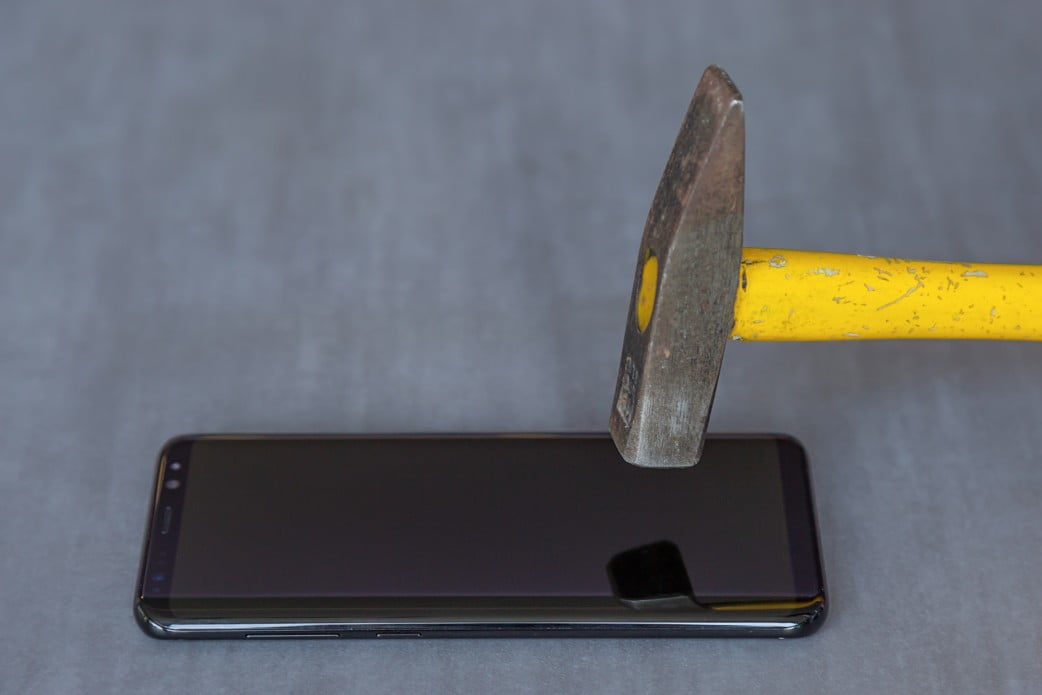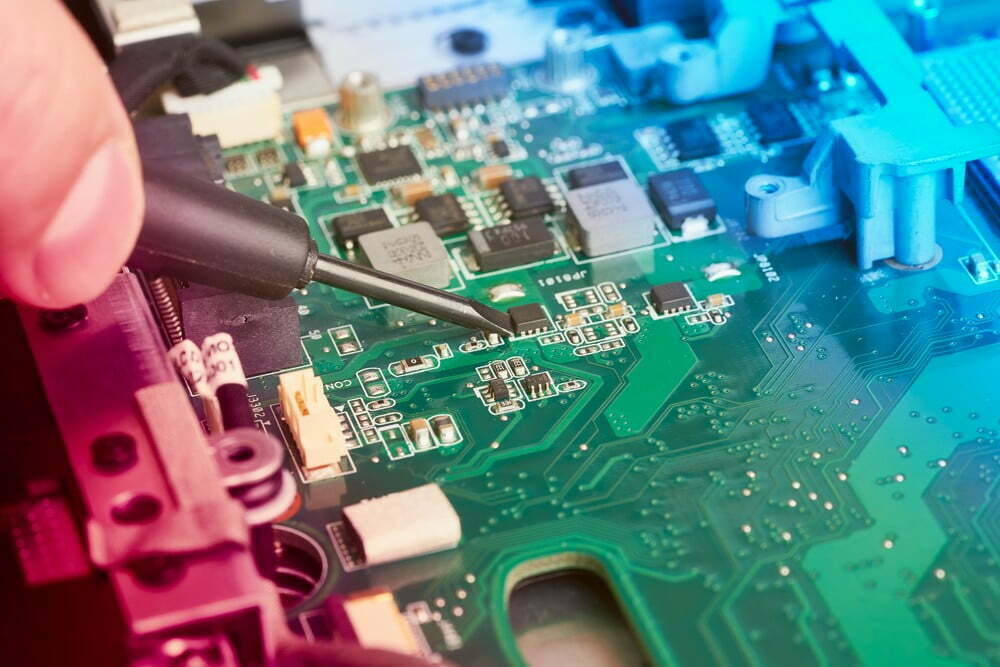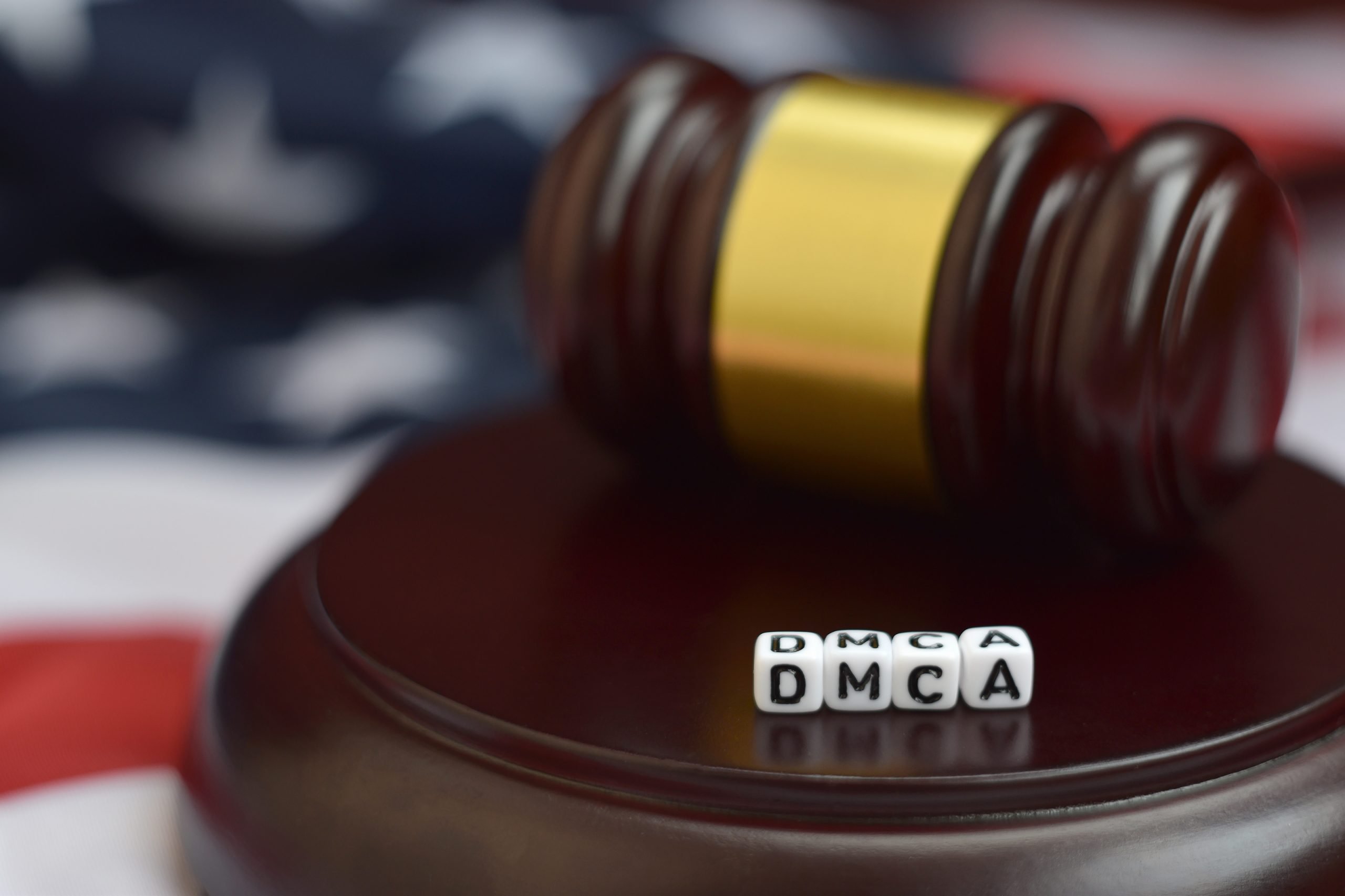When we think of IBM (International Business Machines Corporation) today, we often think about computers and mainframes. So it may surprise you to find out that IBM first struck it significantly with punched card data tabulating machines and time clocks. When post-war Americans in the 1940s and 50s hit a timeclock, chances are, IBM manufactured it. This proliferation of the marketplace caused the US Department of Justice to seek antitrust action against IBM to fight against a possible monopoly. For background on the IBM 1956 consent decree, explore this guide. It would also be beneficial to keep the right to repair laws at your fingertips.
KEY TAKEAWAYS:
- A consent decree is a legal term that refers to a settlement between two parties where neither accepts liability or blame.
- IBM agreed to the 1956 decree and suspended all second-hand sales of its own devices.
- The consent decree ended in 1996, and IBM returned to many of the business practices covered in the consent decree.
What is a Consent Decree?
A consent decree is a legal term that refers to a settlement between two parties where neither accepts liability or blame. The decree document is a formal agreement, usually in the form of a contract. It establishes an enforceable plan of action for reforms. Consent decrees allow both parties in a dispute to skip potentially costly legal expenses. These legal agreements usually have an end date. Still, in the case of IBM’s 1956 consent decree from the US Department of Justice, IBM had to lobby for their decree to end in 1996. For a more copyright-specific case, check out our guide on Kirtsaeng v John Wiley & Sons.
Why was the IBM Consent Decree Issued?
In the 1940s and 50s, IBM controlled an estimated 60 to 70 percent market share of the data tabulation industry. While many would consider that a successful business, the US Department of Justice thought it was the beginnings of a monopoly. IBM’s business practices at the time, the US DOJ argued, were anti-consumer and anti-competition. For example, IBM would not sell its devices, only lease them for exorbitant prices. In addition, IBM would not service or repair devices that customers already paid for, much like the later case, Eastman Kodak v Image Technical Services. The DOJ was also concerned with IBM cannibalizing the second-hand market by restricting repairs and releasing second-hand machines.
What did the IBM 1956 Consent Decree Do?
The 1956 consent decree hampered IBM in a few ways, but it did little to stop the company from hurtling towards further DOJ antitrust actions in the 1960s and 1970s. The 1956 decree is cited as a significant step forward in the history of the right to repair movement. Still, the rules were not everlasting, ending in 1996. In addition to hopefully spurring competition in the computer marketplace, the DOJ had other goals. To fully understand the impact of the IBM 1956 consent decree, you need to know what the DOJ’s plans were.
Create Used IBM Market
Up to the point of the consent decree, IBM could “cannibalize” the second-hand market by making sure they were the only company able to offer used IBM equipment. The consent decree forbids IBM from offering used mainframes on the market. In addition, the DOJ compelled IBM to sell their wares for similar prices to their leasing options. Until the decree, IBM only leased its machines.
Produce Parts for Repair and Service
Under the consent decree, IBM was required to produce more replacement parts to perform repairs themselves or at a repair shop. In addition, IBM had to offer manufacturer services to defective units, even if they were owned by the consumer and not leased from IBM. This was the most significant concession to the right to repair movement because it forced a powerful company to allow repairs and supply the parts and tools necessary for maintenance.
End of Consent Decree 1996
In 1996, after years of lobbying, IBM was formally released from the consent decree of 1956. Citing loss of revenue due to a consent decree that predated modern computing, IBM agreed to a rolling schedule of deregulation. While some measures of the rule ended immediately, some did not end until 2001. Unfortunately, IBM has returned to many of the same business practices that some felt made the decree necessary in the first place. For example, IBM has returned to business practices like keeping list prices hidden and dominating second-hand sales of its used units in an almost monopolistic fashion.
F.A.Q.S
What is IBM famous for?
IBM is famous for computer technology like hardware, software, and mainframes.
Is IBM an IT company?
IBM is a leader in information technologies, so yes, it is an IT company.
What IBM stands for?
IBM stands for International Business Machines.
STAT: Despite introducing its first computer a year after Remington Rand UNIVAC in 1951, IBM had 85% of the market within five years. (source)
REFERENCES:
- https://www.youtube.com/watch?v=00VEJbqfnzk
- https://en.wikipedia.org/wiki/History_of_IBM#1956_Consent_Decree
- https://www.nytimes.com/1994/06/09/business/ibm-and-the-limits-of-a-consent-decree.htmlr
- https://cs.stanford.edu/people/eroberts/cs181/projects/corporate-monopolies/government_ibm.html
- http://www.cptech.org/at/ibm/ibm1956cd.html





























![Best Renters Insurances in [year] 22 Best Renters Insurances in 2025](https://www.gadgetreview.dev/wp-content/uploads/best-renters-insurance-image.jpg)
![Best Computer Repair Kits in [year] 23 Best Computer Repair Kits in 2025](https://www.gadgetreview.dev/wp-content/uploads/best-computer-repair-kit-image.jpg)
![Best Smartphone Repair Kits in [year] 24 Best Smartphone Repair Kits in 2025](https://www.gadgetreview.dev/wp-content/uploads/best-smartphone-repair-kit-image.jpg)
![Best iPhone Repair Kits in [year] 25 Best iPhone Repair Kits in 2025](https://www.gadgetreview.dev/wp-content/uploads/best-iphone-repair-kit-image.jpg)
![Best Windshield Repair Kits in [year] 26 Best Windshield Repair Kits in 2025](https://www.gadgetreview.dev/wp-content/uploads/best-windshield-repair-kit-image.jpg)
![Best Dent Repair Kits in [year] 27 Best Dent Repair Kits in 2025](https://www.gadgetreview.dev/wp-content/uploads/best-dent-repair-kit.jpg)